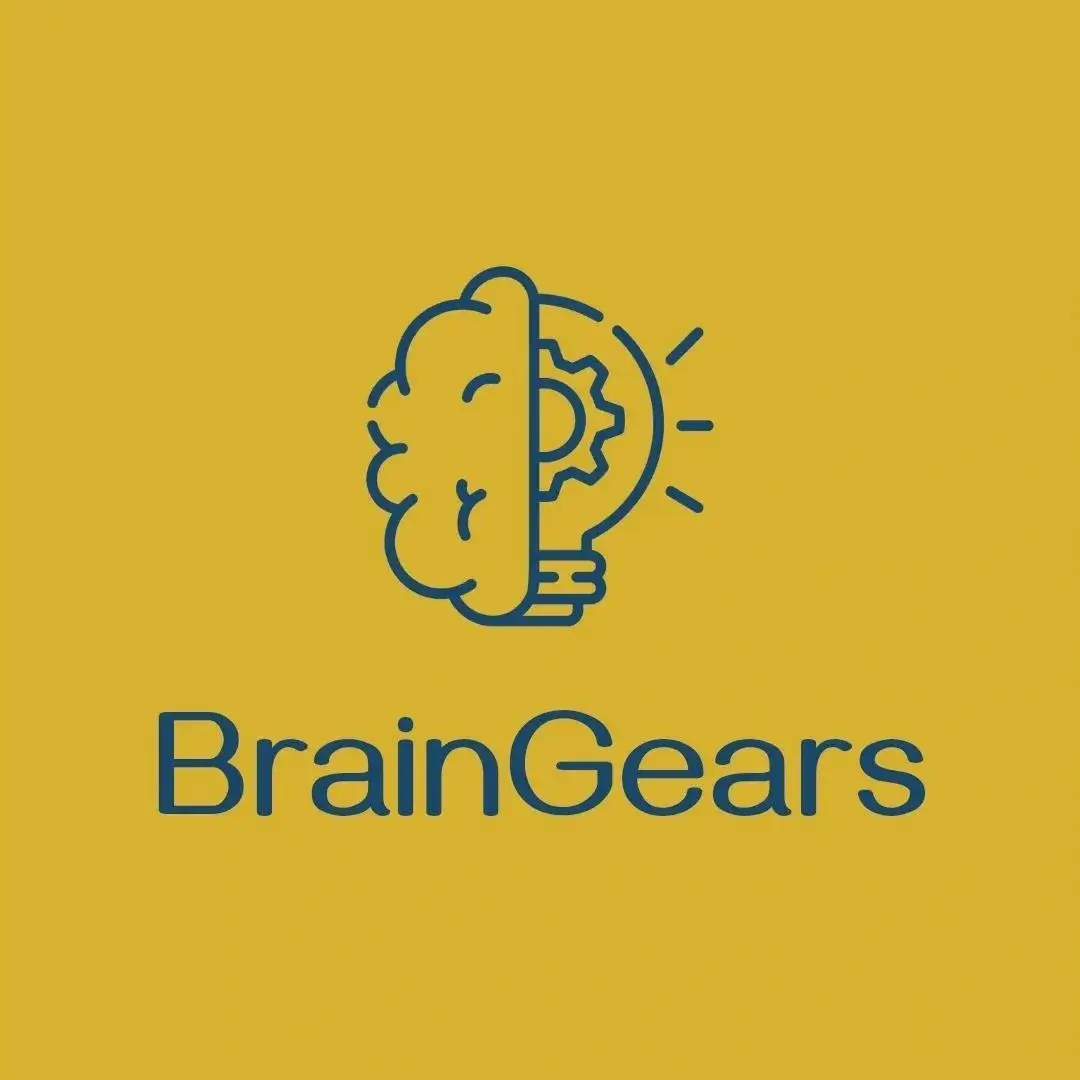Music Therapy and Emotional Integrative Therapy (EIT): A Synergistic Approach to Mental Health
Introduction
Music therapy and Emotional Integrative Therapy (EIT – see course on the home page) share remarkable complementary mechanisms for promoting mental wellness through neurobiological integration. Both approaches work systematically across the brain’s three-tier emotional processing system, creating powerful synergies when combined. Rather than merely managing symptoms, this integrated approach aims for fundamental transformation of emotional regulation systems.
Foundational Alignment: The Three-Tier Integration Model
Both music therapy and EIT operate through what EIT identifies as the three-tier emotional processing system. Music therapy naturally engages all three levels simultaneously, making it an ideal complement to EIT’s systematic approach.
First Tier: Foundation Systems
Music therapy activates the brain’s foundational regulatory systems through rhythmic and melodic elements. Research demonstrates that musical rhythm entrains neural oscillations in brainstem regions, promoting physiological regulation (Thaut & Hoemberg, 2014). This aligns perfectly with EIT’s 6Rs technique, which emphasizes rhythmic and repetitious activities to calm the body’s foundational systems.
The threat detection system responds powerfully to musical elements, with research showing that music can rapidly shift attention away from threat-focused processing toward reward-oriented engagement (Koelsch, 2014).
Second Tier: Emotional Coordination
Music therapy’s impact on the emotional coordination center is well-documented. Studies show that active music-making strengthens connections between emotional processing regions and self-awareness centers, improving emotional regulation (Zatorre & Salimpoor, 2013). This directly supports EIT’s emphasis on maintaining emotional processing below 40% while accessing self-awareness for balanced integration.
The brain’s memory and emotional integration hub shows enhanced connectivity during musical activities, with neuroimaging studies revealing increased communication between emotional and cognitive networks during music therapy sessions (Koelsch, 2014). This mirrors EIT’s approach of using the inner voice for emotional integration across brain regions.
Third Tier: Advanced Processing
Music therapy engages the reward center and executive control networks, with research demonstrating that musical activities increase dopamine release and strengthen connections between reward systems and decision-making centers (Salimpoor et al., 2011). This aligns with EIT’s understanding that an oversensitive threat detection system prevents proper reward system activation, leading to diminished joy in life.
The 6Rs Framework Enhanced by Music Therapy
Music therapy naturally incorporates all elements of EIT’s foundational 6Rs technique:
Rhythmic: Musical rhythm provides precise, measurable rhythmic input that entrains neural oscillations more effectively than movement alone (Thaut et al., 2015). This enhanced rhythmic precision amplifies EIT’s foundational regulation techniques.
Repetitious: Musical repetition creates predictable patterns that support nervous system regulation while maintaining engagement through melodic and harmonic variation (Koelsch, 2014).
Rewarding: Music activates reward pathways more robustly than many other activities, with neuroimaging studies showing significant dopamine release in response to preferred music (Salimpoor et al., 2011).
Relational: Group music-making enhances social connection and synchrony, supporting the relational component crucial for emotional regulation (Cirelli et al., 2014).
Addressing Silent Anxiety Through Musical Integration
EIT identifies “silent anxiety” as anxiety operating below conscious awareness while continuing to impact neurological systems. Music therapy offers unique advantages for addressing this hidden dysfunction through several mechanisms:
Unconscious Processing
Music bypasses conscious cognitive filters, directly accessing emotional processing systems that may harbor silent anxiety (Koelsch, 2014). This allows therapeutic work to occur at levels not easily reached through purely cognitive approaches.
Physiological Markers
Musical activities provide objective measures of nervous system regulation through heart rate variability, cortisol levels, and brainwave activity (Thaut & Hoemberg, 2014). This supports EIT’s emphasis on measurable neurobiological change rather than subjective improvement.
Neurochemical Integration
Music therapy’s neurochemical effects complement EIT’s approach to brain chemistry balance:
Natural Neurotransmitter Regulation
Research demonstrates that music therapy naturally influences the same neurotransmitter systems that EIT targets. Musical activities increase GABA (calming neurotransmitter) while modulating glutamate (excitatory neurotransmitter), creating optimal conditions for emotional processing (Chanda & Levitin, 2013).
Stress Response Modulation
Music therapy reduces cortisol and activates the parasympathetic nervous system, supporting EIT’s goal of reducing overall system activation below problematic thresholds (Thaut & Hoemberg, 2014). This is especially true with Mozart music.
Sensory Processing Integration
EIT recognizes that sensory overwhelm can trigger anxiety when processing capacity becomes saturated. Music therapy offers sophisticated sensory integration support:
Graded Sensory Input
Musical elements can be precisely calibrated to provide appropriate sensory stimulation without overwhelming processing capacity. This supports individuals with sensory-induced anxiety while building tolerance for complex environmental input (Koelsch, 2014).
Multisensory Integration
Music therapy incorporates movement, visual, and auditory elements in coordinated ways that strengthen overall sensory processing capacity, addressing EIT’s third-tier concerns about sensory-motor integration (Zatorre & Salimpoor, 2013).
Thinking Traps and Musical Cognitive Restructuring
Music therapy provides unique tools for addressing the thinking traps that EIT identifies as maintaining anxiety cycles:
Lyric Analysis and Reframing
Working with song lyrics offers concrete opportunities to identify and reframe negative thought patterns, supporting EIT’s cognitive restructuring approaches (Baker & Uhlig, 2011).
Improvisational Problem-Solving
Musical improvisation develops cognitive flexibility and creative problem-solving skills, directly countering the rigid thinking patterns that characterize many thinking traps (MacDonald et al., 2013).
Focused Attention Training
Musical activities require sustained attention, naturally pulling individuals out of rumination cycles and into present-moment awareness (Zatorre & Salimpoor, 2013).
Positive Mind-Wandering
When the mind does wander during musical activities, it tends toward more positive, creative associations rather than negative rumination patterns (Koelsch, 2014).
Forgiveness and Musical Processing
EIT identifies forgiveness as a crucial neurological intervention that releases the attention filtering system from programmed searches for negative patterns. Music therapy enhances forgiveness work through:
Emotional Release
Musical expression provides safe channels for processing and releasing stored emotional material related to unforgiveness (Baker & Uhlig, 2011).
Perspective Transformation
Creating music about difficult experiences often naturally leads to new perspectives and meaning-making that support forgiveness processes (MacDonald et al., 2013).
Integration with EIT’s Measurement Approach
Music therapy supports EIT’s emphasis on objective measurement through:
Physiological Monitoring
Musical activities allow real-time monitoring of nervous system regulation through heart rate variability, skin conductance, and other biomarkers (Thaut & Hoemberg, 2014).
Functional Assessment
Musical tasks provide objective measures of cognitive flexibility, attention regulation, and emotional processing capacity that complement EIT’s neurosis scoring approach (Zatorre & Salimpoor, 2013).
Clinical Implementation
Integrating music therapy with EIT creates a comprehensive approach that addresses multiple intervention points simultaneously:
Daily Practice Enhancement
Musical activities can enhance the daily 6Rs practice, making it more engaging and sustainable while providing additional neurobiological benefits (Koelsch, 2014).
Personalized Interventions
Music preferences and abilities can be used to customize EIT interventions, improving engagement and effectiveness while maintaining the systematic approach (Salimpoor et al., 2011).
Conclusion
Music therapy and EIT represent highly compatible approaches that enhance each other’s effectiveness through complementary mechanisms. Music therapy’s natural engagement of all three tiers of emotional processing, combined with its powerful neurochemical and social effects, amplifies EIT’s systematic approach to emotional integration. Rather than simply adding another therapeutic modality, this integration creates synergistic effects that support EIT’s goal of fundamental neurobiological transformation rather than symptom management.
The combination offers particular advantages for addressing silent anxiety, sensory processing challenges, and the need for engaging daily practices that support long-term emotional integration. Our future research will explore specific protocols for integrating these approaches and measure their combined effectiveness in achieving EIT’s goals of reducing neurosis levels below 40% for sustained emotional wellness.
References
Baker, F., & Uhlig, S. (2011). Voicework in music therapy: Research and practice. Jessica Kingsley Publishers.
Chanda, M. L., & Levitin, D. J. (2013). The neurochemistry of music. Trends in Cognitive Sciences, 17(4), 179-193.
Cirelli, L. K., Einarson, K. M., & Trainor, L. J. (2014). Interpersonal synchrony increases prosocial behavior in infants. Developmental Science, 17(6), 1003-1011.
Koelsch, S. (2014). Brain correlates of music-evoked emotions. Nature Reviews Neuroscience, 15(3), 170-180.
MacDonald, R., Kreutz, G., & Mitchell, L. (Eds.). (2013). Music, health, and wellbeing. Oxford University Press.
Salimpoor, V. N., Benovoy, M., Larcher, K., Dagher, A., & Zatorre, R. J. (2011). Anatomically distinct dopamine release during anticipation and experience of peak emotion to music. Nature Neuroscience, 14(2), 257-262.
Thaut, M. H., & Hoemberg, V. (Eds.). (2014). Handbook of neurologic music therapy. Oxford University Press.
Thaut, M. H., McIntosh, G. C., & Hoemberg, V. (2015). Neurobiological foundations of neurologic music therapy: Rhythmic entrainment and the motor system. Frontiers in Psychology, 5, 1185.
Zatorre, R. J., & Salimpoor, V. N. (2013). From perception to pleasure: Music and its neural substrates. Proceedings of the National Academy of Sciences, 110(Supplement 2), 10430-10437.


